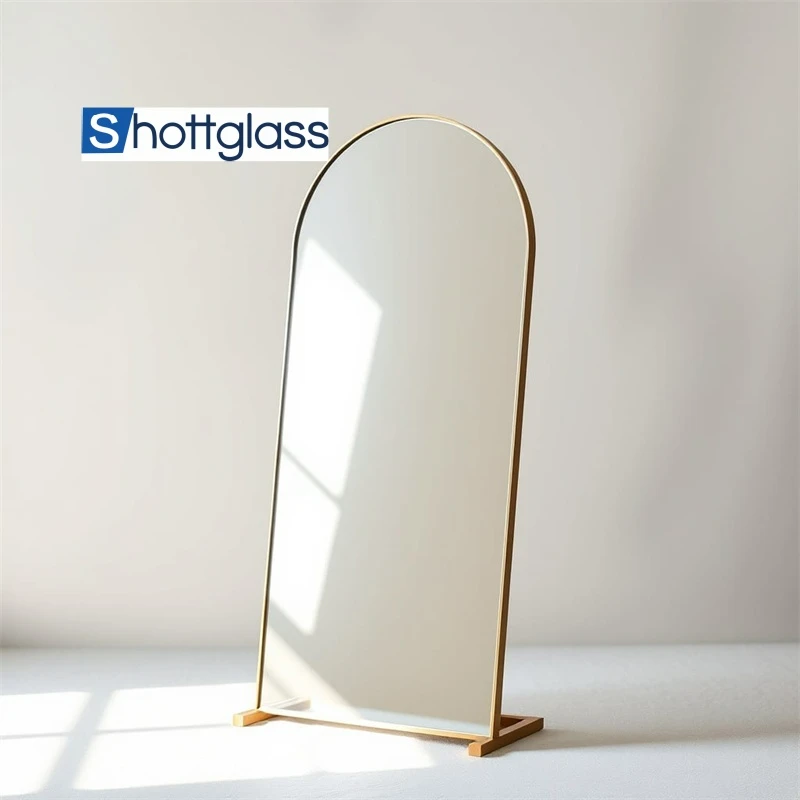Oct . 01, 2024 21:42 Back to list
Benefits of Using Tempered Glass Walls in Modern Architecture and Design
The Beauty and Strength of Tempered Glass Walls
In modern architecture, the use of tempered glass walls has become increasingly popular, transforming the aesthetic and functional aspects of both residential and commercial spaces. As society moves towards a more transparent and open design philosophy, tempered glass provides a unique combination of safety, style, and versatility that appeals to architects, designers, and homeowners alike.
Tempered glass, also known as toughened glass, is made through a process of extreme heating and rapid cooling. This treatment not only enhances its strength but also ensures that it can withstand high impact and thermal stress. As a result, tempered glass walls are incredibly durable and shatter-resistant, making them an ideal choice for various applications, from shower enclosures to expansive building facades.
One of the most significant advantages of tempered glass walls is their ability to create a sense of openness and connection with the outside world
. Unlike traditional wall materials, glass allows natural light to flood into spaces, enhancing the mood and reducing the need for artificial lighting. This not only results in energy savings but also contributes to the overall well-being of the occupants. In offices, for instance, the presence of natural light has been shown to boost productivity and improve employee satisfaction.tempered glass wall

Additionally, tempered glass walls offer unparalleled design flexibility. Available in various thicknesses and finishes, they can be customized to fit any architectural style. From sleek, modern buildings to classic, elegant homes, tempered glass can seamlessly integrate into any environment. It can be treated with tints or coatings to enhance privacy, reduce glare, and even improve energy efficiency.
Another vital aspect of tempered glass walls is their contribution to safety. With the ability to withstand high temperatures and resist breaking under stress, they are an essential element in buildings where safety is paramount. Many commercial buildings utilize tempered glass in their facades and interior partitions to prevent injury in the event of accidental breakage. Even when shattered, tempered glass breaks into small, blunt pieces that are less likely to cause harm compared to regular glass.
Despite their many advantages, the installation of tempered glass walls requires careful planning and expert execution. Ensuring proper support and framing is crucial to maintain their structural integrity. The choice of hardware and seals is also important to prevent leaks and ensure longevity. Proper maintenance, such as regular cleaning and inspection, can further enhance the lifespan and performance of tempered glass installations.
In conclusion, tempered glass walls are a testimony to the advancements in architectural design and material technology. They embody a harmonious blend of beauty, strength, and practicality, enriching both the functionality and aesthetics of any space. As more architects and designers recognize the potential of tempered glass, we can expect to see even more innovative applications in the future, pushing the boundaries of what is possible in building design. Whether in residential settings or large commercial projects, tempered glass walls are reshaping the way we perceive and interact with our environments.
-
Sustainable Practices in a Modern Coated Glass Factory
NewsAug.07,2025
-
Insulated Glass Unit Installation Best Practices and Tips
NewsAug.07,2025
-
Frosted Glass Types and Custom Solutions for Sale
NewsAug.07,2025
-
Current Clear Float Glass Price Trends in Global Markets
NewsAug.07,2025
-
Comparing Different Types of Laminated Glass Performance
NewsAug.07,2025
-
Best Anti Fog Bathroom Mirror Solutions for Humid Climates
NewsAug.07,2025
Related PRODUCTS














